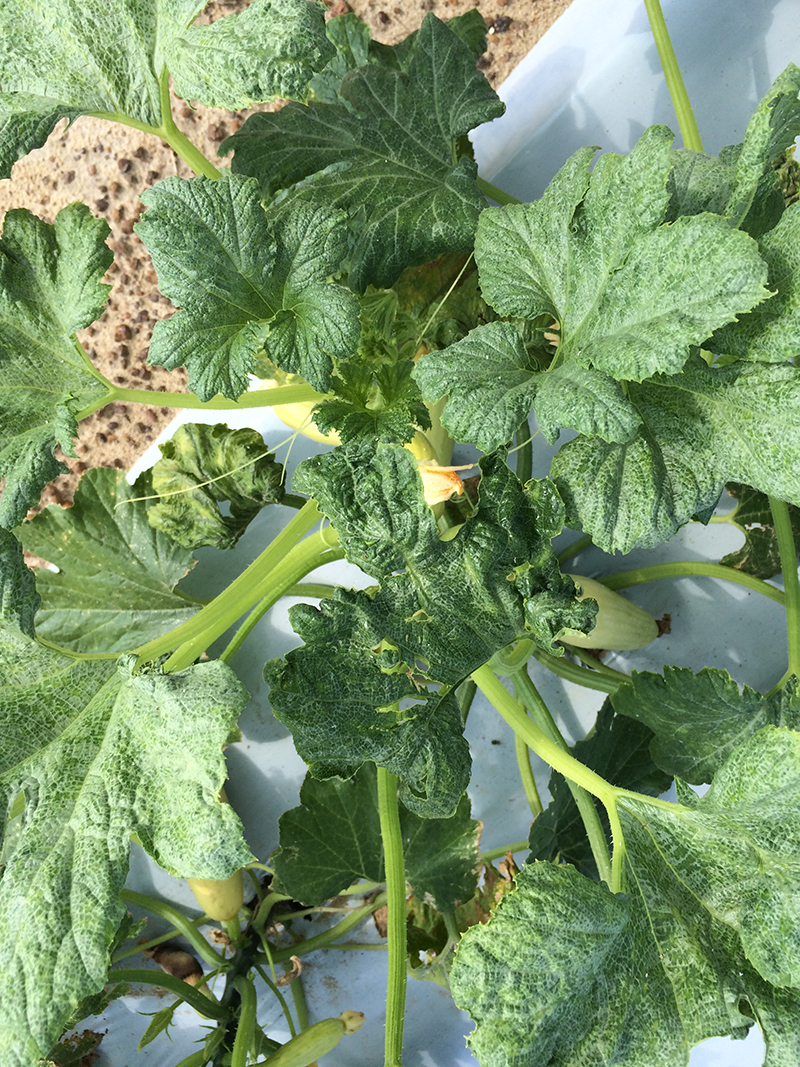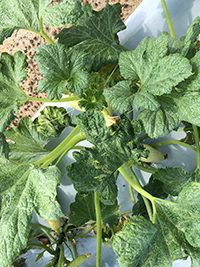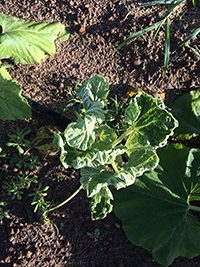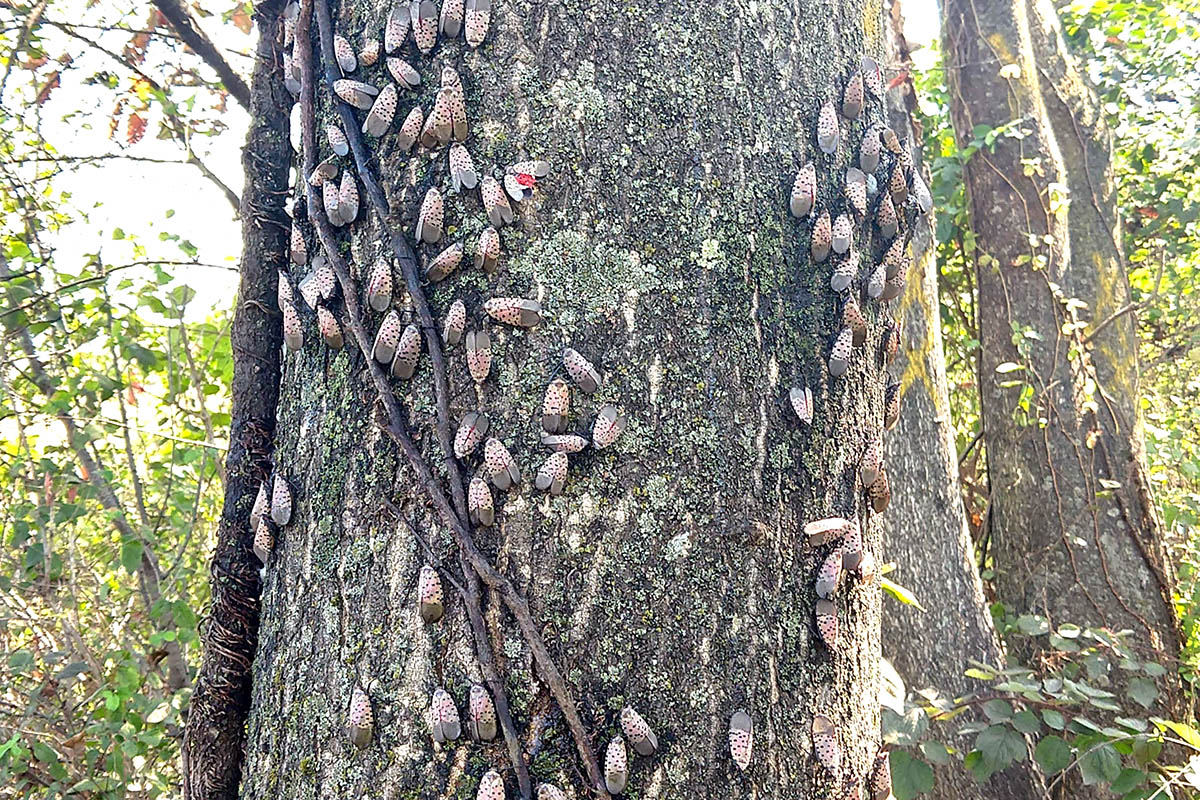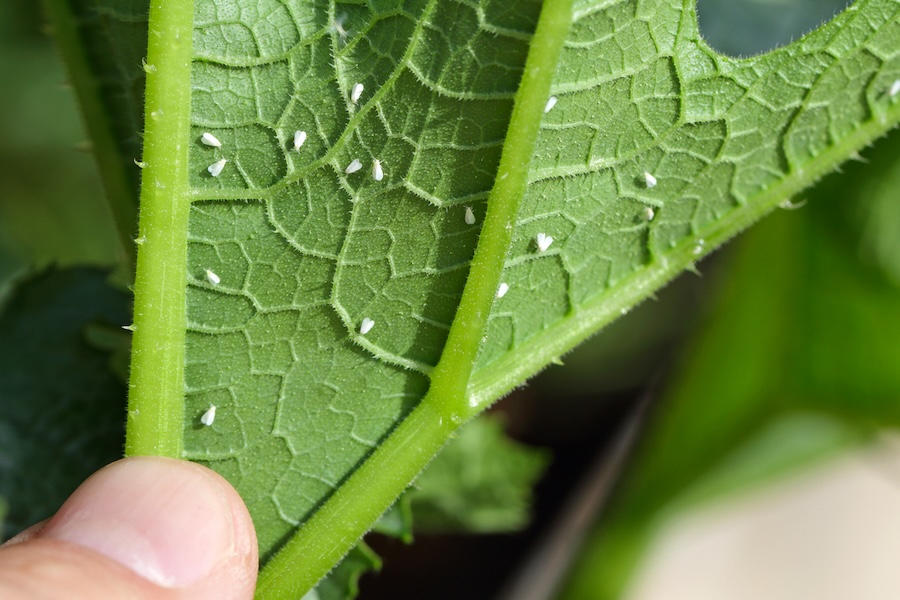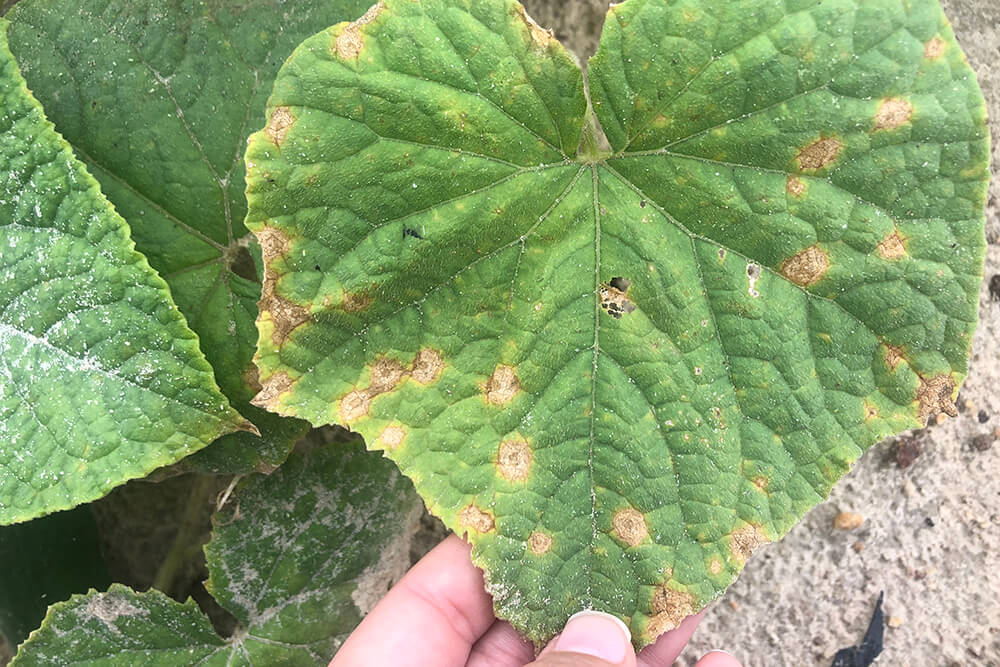Summer may have ended, but Georgia’s silverleaf whitefly infestation has not.
Timothy Coolong, University of Georgia Cooperative Extension vegetable specialist, researches whitefly management in an effort to prevent the pest from infecting Georgia’s vegetable crops with viral diseases, like cucurbit leaf crumple virus and tomato yellow leaf curl virus.
High populations of whiteflies over the past few years had a tremendous impact on Georgia’s vegetable crops in both the spring and the fall, said Coolong, who is part of a team of plant pathologists and entomologists that studies different fertilizer treatments, plant growth regulators and insecticides to control the influx of whiteflies.
Whiteflies are found on vegetable plants, like yellow squash, zucchini and green beans. Last fall, Georgia vegetable growers lost 40 to 50 percent of their yellow squash production. Green bean growers saw similar production losses due to the cucurbit leaf crumple virus, a disease carried by whiteflies.
Also known as “Aleyrodidae,” whiteflies are tiny, winged insects often found on the underside of leaves. They leave behind a tacky substance called “honeydew” that prevents plants from carrying out photosynthesis and causes fungal infections.
Coolong and other scientists on the team tested several treatments on yellow squash and zucchini in an attempt to make the plants grow fast enough to tolerate the virus, which might prevent whiteflies from swarming. One application focuses on high fertilizer rates and another uses gibberellic acid to promote foliar development early in the growing process.
“Researching different control methods for whiteflies is important, not only because of the direct damage they can do to crops, but to stop the viruses that they can spread,” Coolong said.
Early control is key to prevention of the viruses spread by whiteflies. Farmers must proceed with caution in working on some of the most susceptible crops because of the losses that have been sustained the past two years, according to Coolong.
“Squash alone is close to a $60 million industry (in Georgia). We suffered significant losses in the fall of 2016 and are seeing losses again this fall. Growers need to have a plan for management before the seed emerges or a plant comes out of the greenhouse,” Coolong said. “Whiteflies can be very devastating.”
Whiteflies thrive in warm, humid climates, and they reproduce quickly. The warmer-than-normal winter that Georgia experienced last year helped whitefly populations multiply. In normal years, Coolong recommends using insecticides as a management tool. Given the current conditions in Georgia, he warns growers that they may not completely wipe out the whitefly population with insecticides alone.
“In a normal year, insecticides would be very effective, but this year the whitefly population is high,” Coolong said. “Even if a product works and kills 90 percent of the population in a field, they will return because of how fast they can reproduce, and all the plants surrounding those fields serve as hosts for the whitefly.”
(Julie Jernigan is an intern at the UGA Tifton campus.)

